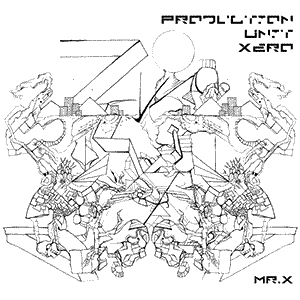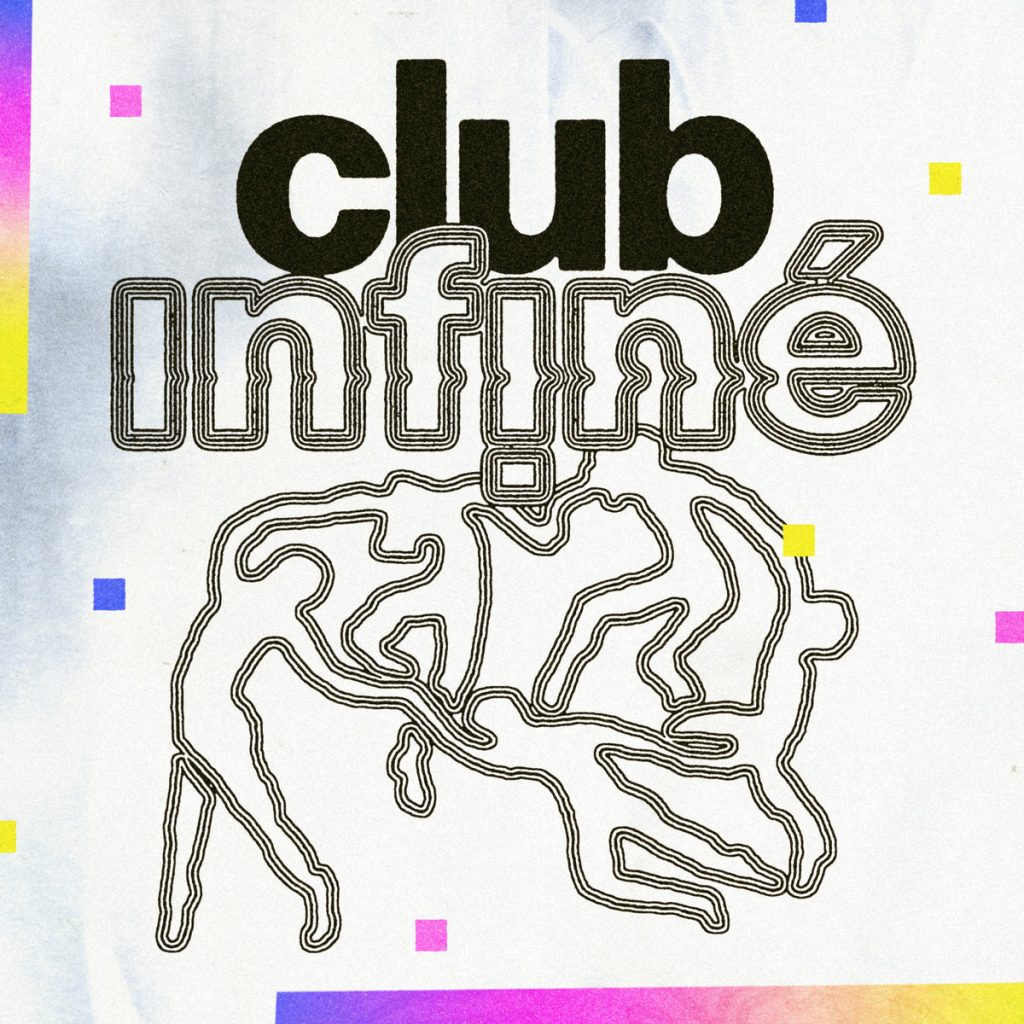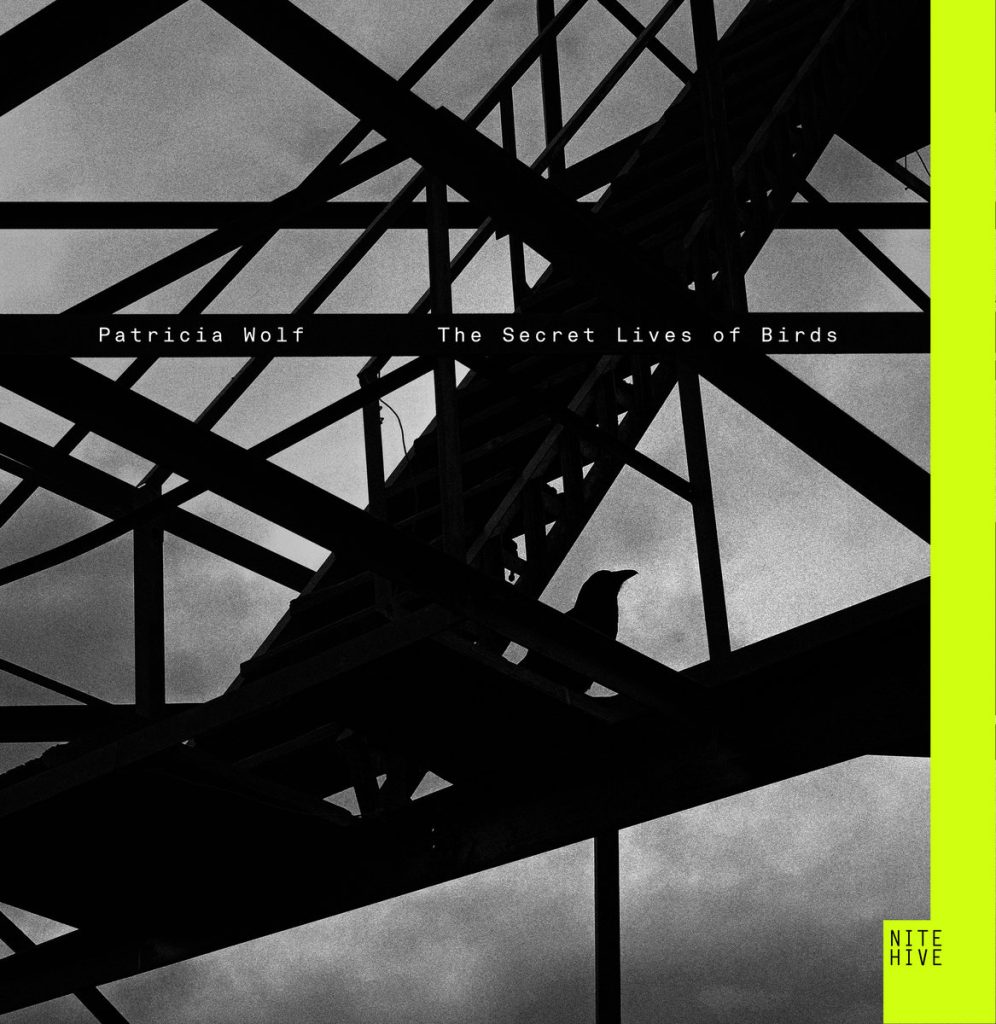What is Acid House?
Exploring the Vibrant World of Acid House
Acid House, a subgenre of house music that emerged in the mid-1980s, is a fascinating chapter in the story of electronic music. Characterized by its squelchy, psychedelic synthesizer sounds created primarily using the Roland TB-303 bass synthesizer, Acid House became more than just a musical style; it represented a cultural movement that resonated with a generation.
Origins and Influences
The roots of Acid House can be traced back to Chicago in the mid-1980s. It was born out of the house music scene, a genre itself derived from disco, funk, and soul music, with electronic and dance elements. DJs and producers in Chicago were experimenting with new sounds and equipment, particularly the Roland TB-303, which was initially designed to emulate a bass guitar for practicing musicians. However, when house music producers started tweaking the dials and creating resonant, squelchy sounds, Acid House was born.
Key influences on Acid House came from various sources. The electronic music of groups like Kraftwerk provided inspiration, as did the earlier disco tracks. There was also an influence from the psychedelic music of the 1960s, which can be heard in the genre’s trance-like rhythms and use of repetitive patterns.
Key Artists and Albums
Several artists and albums were pivotal in the development and popularity of Acid House:
- Phuture – Often credited with creating the first Acid House track, Phuture, a group from Chicago consisting of DJ Pierre, Spanky, and Herb J, released “Acid Tracks” in 1987. This track is considered a seminal moment in the genre’s history.
- 808 State – This English electronic music group was instrumental in popularizing Acid House in the UK. Their album “Ninety” (1989) is a classic of the genre, featuring tracks like “Pacific State,” which became anthems in the Acid House scene.
- The KLF – Known for their eclectic and avant-garde approach, The KLF’s album “The White Room” (1991) is an essential listen for anyone exploring Acid House. Their music incorporated a range of styles but always retained an Acid House underpinning.
- A Guy Called Gerald – Gerald Simpson, known as A Guy Called Gerald, was a key figure in the Manchester Acid House scene. His track “Voodoo Ray” (1988) is one of the most iconic Acid House tracks and remains a classic.
Cultural Impact and Legacy
Acid House was more than just a genre of music; it was a movement. In the late 1980s, it became the soundtrack to a youth culture that was both celebrating and challenging the status quo. The Acid House scene was characterized by its inclusive, ‘come as you are’ attitude, and its parties and raves became spaces where people from diverse backgrounds could come together.
The visual aesthetic of Acid House, with its bright colors and smiley face iconography, became a symbol of the scene. This visual style encapsulated the positive, euphoric vibe of Acid House parties and raves.
Moreover, the influence of Acid House has been long-lasting. The genre played a crucial role in the development of electronic dance music in the 1990s and beyond. Its impact can be heard in various subgenres of electronic music, from techno to trance and jungle.
Acid House remains a vital part of the history of electronic music. Its unique sound, cultural significance, and lasting influence make it a fascinating genre to explore. For those interested in the roots of electronic dance music, the artists and albums of the Acid House era are essential listening.
In exploring Acid House, one does not just uncover a genre of music but a pivotal movement in musical history that encapsulated the spirit of a generation and laid the groundwork for many forms of electronic music that followed.





1 Comment
[…] for bass accompaniment for solo guitarists but famously repurposed by industrial (and later acid house) musicians for its capacity to produce squelchy, aggressive bass lines that became a hallmark of […]